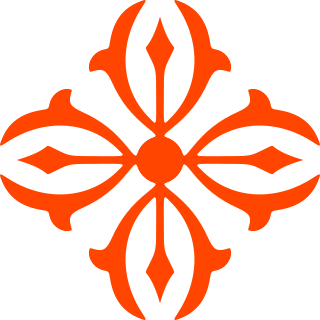Top Qs
Timeline
Chat
Perspective
Bose Institute
Research institution in Kolkata, India From Wikipedia, the free encyclopedia
Remove ads
Bose Institute (or Basu Bigyan Mandir) is a premier public research institute of India for biological sciences and physical sciences and also one of its oldest.[1] The Bose Institute Kolkata is a Tier 1 Natural Science Research Institute in India, sharing the podium with India's top natural science research institutes viz., Indian Institute of Science Education and Research, IISc Bengaluru, NCBS Bengaluru and IIT Bombay. The institute was established on 30 November 1917 by Acharya Sir Jagdish Chandra Bose, the father of modern scientific research in the Indian subcontinent. Bose was its director for the first twenty years till his demise. Debendra Mohan Bose, who succeeded the Nobel laureate Sir CV Raman as Palit Professor of Physics at the University of Calcutta, was the director of Bose Institute for the next thirty years. The institute pioneered the concept of interdisciplinary research in Asia and India in sync with global trends.
Remove ads
Academics
Summarize
Perspective
Research
Current concentration of research is in the fields of biotechnology, plant biology, microbiology, molecular medicine, biochemistry, biophysics, bioinformatics and environmental science. The institute pioneered the concept of interdisciplinary research in Asia and India in sync with global trends. The pioneering work of Jagadish Chandra Bose at the dawn of Bose institute on the effect of stimuli in plants was helpful in the establishment of the electrical nature of the conduction of various stimuli in plants. The institute has contributed to extremely important discoveries and has been home to internationally renowned researchers like Sambhu Nath De (discoverer of the cholera toxin), Debendra Mohan Bose (who pioneered the use of photographic emulsion plates in particle physics as attested by the Nobel laureate Sir C. F. Powell ) along with Bhibha Chowdhuri and others, Gopal Chandra Bhattacharya, Shyamadas Chatterjee (known for research on fusion) etc.
Museum
Jagadish Chandra Bose himself started the display of his instruments which, as a continuous process, made their way into the present museum in the year 1986–87. The main purpose of this technological museum is to display and maintain some of the instruments designed, made and used by Sir J. C. Bose, his personal belongings and memorabilia. The museum is housed in the main campus at 93/1 A. P. C. road (formerly Upper Circular road) and is open on all weekdays.[2][3]
Funding
Bose institute is funded by Department of Science and Technology, Govt of India.[4]

Remove ads
Notable researchers
- Jagadish Chandra Bose – Physicist, biologist and botanist (1857–1937)
- Debendra Mohan Bose – Indian physicist (1885–1975)
- Gopal Chandra Bhattacharya – Indian entomologist (1895–1981)
- Bibha Chowdhuri – Indian cosmic ray physicist (1913–1991)
- Sambhu Nath De – Indian medical researcher (1915–1985)
- Probir Roy – Indian particle physicist (born 1942)
- Indrani Bose – Indian physicist (born 1951)
- Siddhartha Roy – Indian scientist (born 1954)
- Dipankar Home – Indian physicist (born 1955)
- Joyoti Basu – Indian medical researcher (born 1957)
- Sampa Das – Indian biotechnologist
Remove ads
References
External links
Wikiwand - on
Seamless Wikipedia browsing. On steroids.
Remove ads


